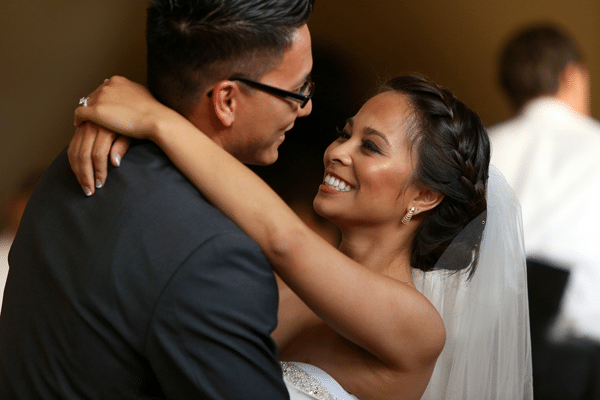Dr. Chapman and the team at Chapman Orthodontics in Brownsburg, IN are orthodontics experts and can help explain to you why you should always maintain good oral health by brushing and flossing your teeth while wearing braces.
We’ve all been taught about the importance of brushing and flossing our teeth, typically in the morning when you wake up and at night before you go to sleep. But the one thing that you should never forget to do is clean your teeth properly, especially if you wear braces. While wearing braces, whether you’re a teenager or an adult, maintaining good oral health care Chapman Orthodontics helps ensure a successful treatment outcome.
Brushing and Flossing When Wearing Braces
With braces, food often gets caught in the brackets and wires, and then lingers on your teeth, creating plaque and tartar. These conditions can also cause serious and unwanted complications during your orthodontic treatment, such as:
- Swollen gums
- Cavities
- Permanent stains on your teeth
- Yellowed teeth
- Bad breath
While wearing braces, not only is it important to brush your teeth multiple times a day but to brush them in the correct way. To get the best brushing results, make sure you brush your teeth and braces from every angle.
While brushing your braces on and around your top teeth, make sure to brush them with the toothbrush angled downward.
When brushing your braces on and around your bottom teeth, make sure you brush them with the toothbrush angled upward.
This helps to ensure that each tooth and every part of the tooth–the front surfaces, the chewing surfaces, and the back surfaces of your teeth–get completely clean. These techniques will also improve your brushing skills and give you a better cleaning treatment each time you brush.
Dr. Chapman stresses that cleaning your mouth, teeth, and braces effectively is an important part of your orthodontic treatment. If you don’t put the effort into your cleaning regimen while you are wearing braces, you may not get the outcome that you were hoping for: a clean, healthy, straight, white smile.
Flossing
Just brushing your teeth is not enough when you’re wearing braces. Flossing is a necessary (even if it’s a bit more awkward and difficult) and important step toward optimal oral health and the best orthodontic treatment outcome.
For people who wear braces, the Name Orthodontics team recommends using a waxed floss. Some tools designed just for flossing are made with a stiff tip to reach food stuck under the wire of your braces.
To be certain you are flossing effectively, remember these tips:
Thread the floss under the wire before passing the string between the teeth.
Rub the waxed floss up and down each surface of the tooth and don’t skip cleaning each and every gap.
Weave the floss through the individual gaps between the teeth (no blood should be seen. If you see blood, you may need to floss a little more gently).
Be sure to massage the gums with your toothbrush during brushing.
Finish things off with a good and thorough mouthwash rinse.
Both brushing and flossing your teeth properly are crucial steps in your orthodontic treatment with braces. You’ve already spent a lot of money on your braces to straighten your teeth and improve your smile. So why not maintain your oral health to ensure you get a healthy, beautiful smile?
If you’ve been searching for an orthodontist in Brownsburg, IN that can help you achieve a beautiful, glowing smile, then look no further than Dr. Chapman! To make an appointment for a consultation at our office, contact Chapman Orthodontics at: 317-852-5566








